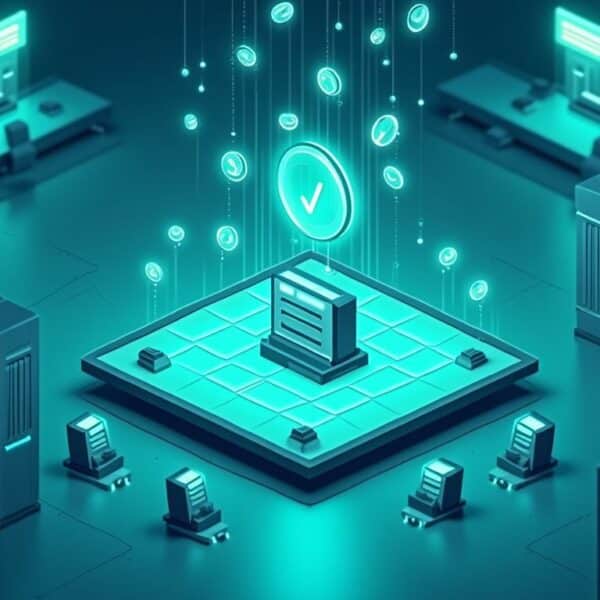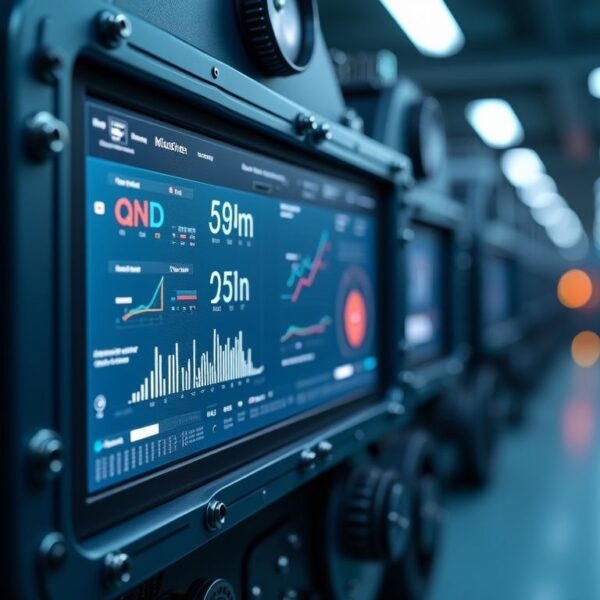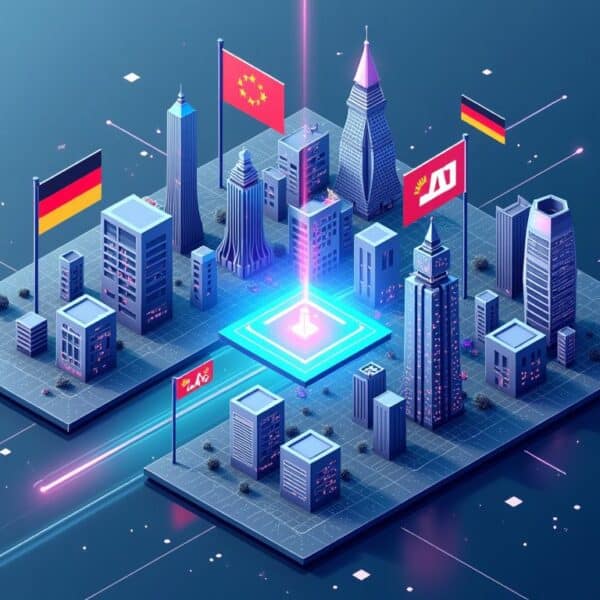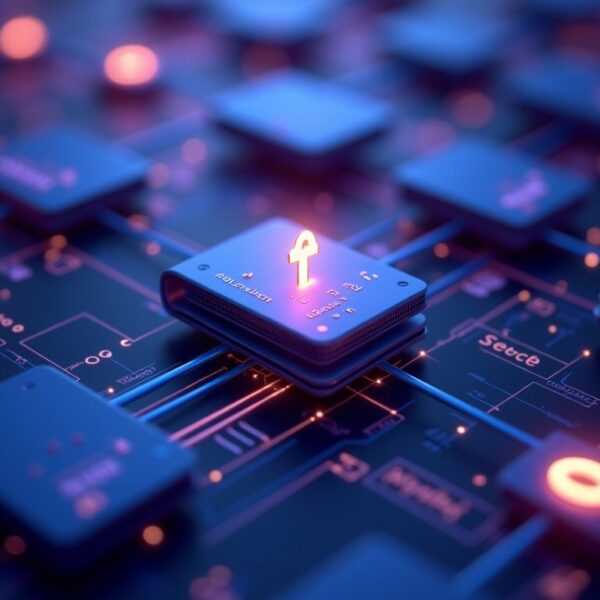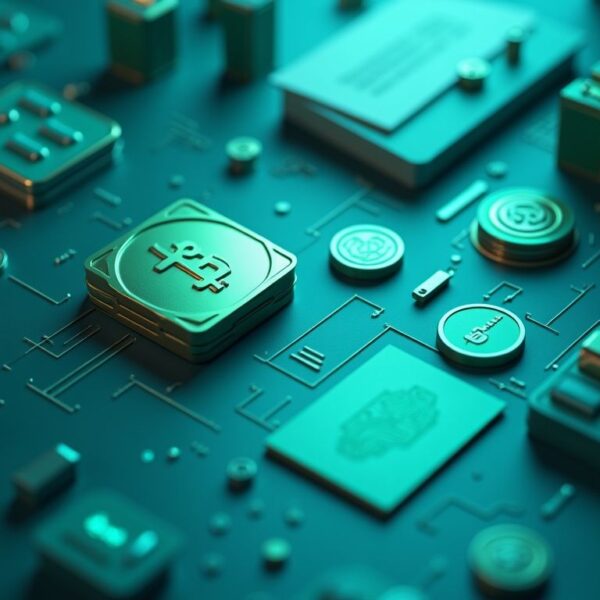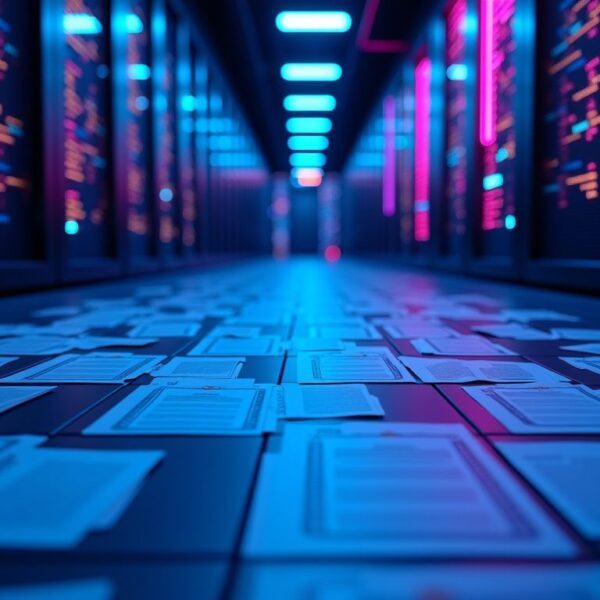Unlocking the Future of IoT: Decentralized Identity for IoT Devices
Imagine a world where your smart home devices, from thermostats to security cameras, can securely communicate with each other without relying on a central authority. This vision is closer than you think, thanks to the innovative concept of decentralized identity management for IoT devices. Inspired by the pioneering work of Elon Musk and Space X, we’re about to dive into the exciting realm of decentralized IoT device identity management.
The Rise of IoT and the Need for Decentralized Identity
The Internet of Things (IoT) has revolutionized the way we live and work, with an estimated 20 billion devices expected to be connected by 2025. However, as IoT devices proliferate, so do concerns about security, privacy, and identity management. Traditional centralized approaches are no longer sufficient, as they create a single point of failure and vulnerability to cyber attacks.
This is where decentralized identity management comes in – a paradigm shift that enables IoT devices to securely authenticate and communicate with each other without relying on a central authority. By leveraging blockchain technology and decentralized networks, IoT devices can maintain their autonomy while ensuring the integrity of data exchange.
The Benefits of Decentralized Identity for IoT Devices
A decentralized identity management system for IoT devices offers numerous benefits, including:
-
Enhanced security: Decentralized systems reduce the risk of a single point of failure, making it more difficult for hackers to compromise IoT devices.
-
Improved privacy: IoT devices can maintain control over their data, ensuring that sensitive information is protected from unauthorized access.
-
Increased efficiency: Decentralized identity management enables IoT devices to communicate directly, reducing latency and improving overall system performance.
-
Scalability: Decentralized systems can handle a large number of devices, making them ideal for large-scale IoT deployments.
By embracing decentralized identity management, IoT devices can unlock their full potential, enabling innovative applications and use cases that were previously impossible.
How Decentralized Identity Works for IoT Devices
A decentralized identity management system for IoT devices typically consists of three key components:
-
Decentralized Identifiers (DIDs): Unique identifiers assigned to each IoT device, enabling secure authentication and communication.
-
Decentralized Data Storage: IoT devices store their data in a decentralized manner, using blockchain technology or other distributed ledger systems.
-
Decentralized Identity Protocols: Standardized protocols that enable IoT devices to communicate with each other, ensuring secure data exchange and authentication.
These components work together to create a robust and secure decentralized identity management system for IoT devices.
Real-World Applications of Decentralized Identity for IoT Devices
The potential applications of decentralized identity management for IoT devices are vast and varied. Some examples include:
-
Smart Homes: Decentralized identity management enables secure communication between smart home devices, ensuring that sensitive data is protected from unauthorized access.
-
Industrial Automation: Decentralized identity management improves the security and efficiency of industrial automation systems, enabling real-time communication between devices.
-
Supply Chain Management: Decentralized identity management enables secure tracking and tracing of goods throughout the supply chain, reducing counterfeiting and improving overall efficiency.
As the IoT ecosystem continues to evolve, decentralized identity management will play an increasingly important role in enabling innovative applications and use cases.
Challenges and Limitations of Decentralized Identity for IoT Devices
While decentralized identity management offers numerous benefits for IoT devices, there are also challenges and limitations to consider:
-
Scalability: Decentralized systems can be computationally intensive, requiring significant resources to maintain.
-
Interoperability: Ensuring seamless communication between different IoT devices and systems can be a complex challenge.
-
Regulatory Frameworks: The lack of clear regulatory frameworks for decentralized identity management can create uncertainty and ambiguity.
Despite these challenges, the benefits of decentralized identity management for IoT devices far outweigh the limitations.
The Future of Decentralized Identity for IoT Devices
As the IoT ecosystem continues to evolve, decentralized identity management will play an increasingly important role in enabling innovative applications and use cases. With the rise of decentralized networks and blockchain technology, the future of IoT device identity management looks brighter than ever.
For those looking to explore the world of decentralized identity management further, we recommend checking out TokenRobotic, a leading platform for decentralized identity and IoT device management.
In conclusion, decentralized identity management is poised to revolutionize the IoT ecosystem, enabling secure, private, and efficient communication between devices. As we look to the future, one thing is clear: decentralized identity management will play a critical role in unlocking the full potential of IoT devices.
Don’t miss out on the opportunity to stay ahead of the curve. Visit TokenRobotic today to discover more about decentralized identity management and its applications in the IoT ecosystem.
Additional Resources:




